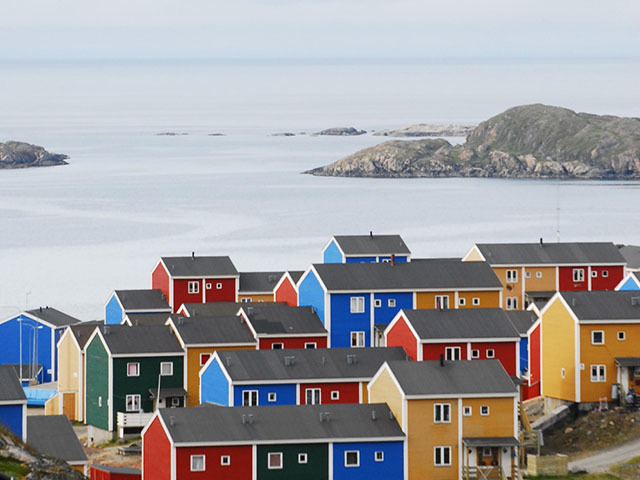
After decades of estimates that Greenland may be sitting on oil reserves big enough to meet almost two years of European demand, the Arctic island is throwing in the towel.
Oil is now simply too cheap for Greenland to continue dreaming of the oil bonanza that captured the imagination of its citizens less than a decade ago.
“It’s frustrating,” Kim Kielsen, the leader of Greenland’s home-rule government, said in Copenhagen on Monday. “There are still geological areas in which there is an interest, but the world price has dropped, as you know.”
With Brent crude hovering around $36 a barrel, prices have now plunged almost 70 percent since a June 2014 high. That’s nowhere near enough to make it profitable to try to extract oil off Greenland’s shores. The Geological Survey of Denmark and Greenland estimates production costs could be as high as $50 a barrel for the island, where exploration would be hampered by massive floating icebergs, among other Arctic-style impediments.
Greenland’s northeast may hold as much as 31.4 billion barrels of oil equivalent while a further 17 billion barrels may lie under the sea floor between Greenland and Canada, according to the U.S. Geological Survey.
Greenland has dreamed of ways to gain economic independence from Denmark, on which it relies for subsidies for survival. The income it gets from its main industry, fishing, isn’t big enough to sustain the population of about 56,000 people.
“We’re still pushing the mineral strategy,” Kielsen said. “The interest in Greenland’s hard mineral reserves clearly persists and we’re still betting on it, but appetite for oil is for others to decide. Perhaps, the expectation that oil would be the future had been pumped up too high.”
